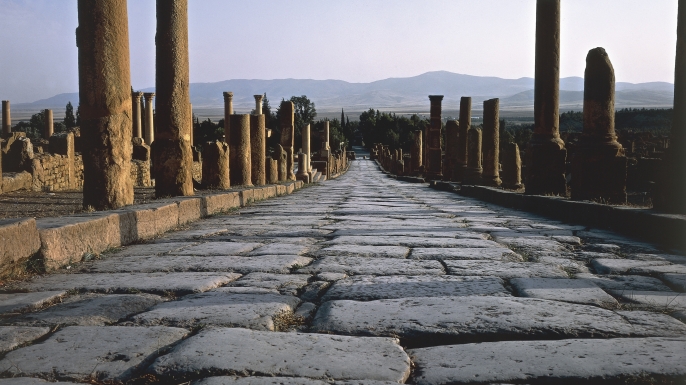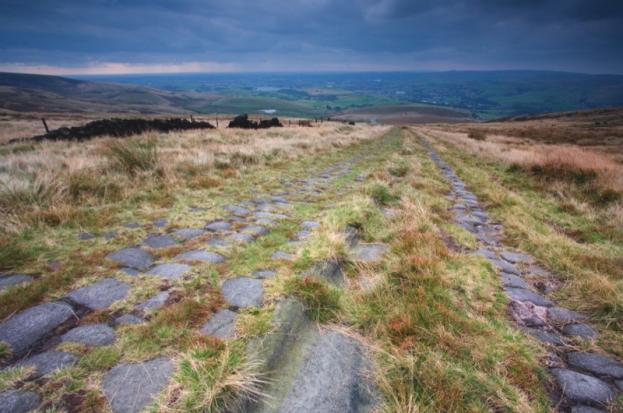When driving on the roads in Britain and Europe, if the road is straight for more than a mile it is common practice to say, “this must be a roman road.” The Romans built the first roads in Britain. They built over 9,000 kilometers of roads.
While some Roman Roads happen to have corners or bends, the vast majority are distinctively straight.
One of the longest virtually ruler straight visible sections, is the 53 km (33-mile) stretch of Ermine Street from Winteringham, on the Southern side of the River Humber, to Lincoln. (The present day B1207 and A15 follow its course).
The straight alignment was because the roads were not intended for the use of ordinary people, but only army units, government officials and those with a special pass were allowed to use them.They built roads as straight as possible, in order to travel as quickly as they could. Winding roads took longer to get to the place you wanted to go, and bandits and robbers could be hiding around bends.
Now you may think, certainly the natural features such as steep hills and valleys of the landscape could affect the straightness of the “via Munita”. Well, not at all, Roman roads went straight up the most precipitous of slopes without winding back and forth in hairpin bends like modern roads. This is because a marching man on foot can go straight up a steep hill and then rest to recover before moving on much quicker than if he wound around a gently rising slope.
Army supplies were carried on mules who could likewise go up a steep slope without much trouble. Draught animals pulling wagons needed the gentler slope, but the “via Munita” were not built for merchants who used wagons.
Photo Courtesy: Alamy
Info Source: Historyextra,fig, wikipedia

